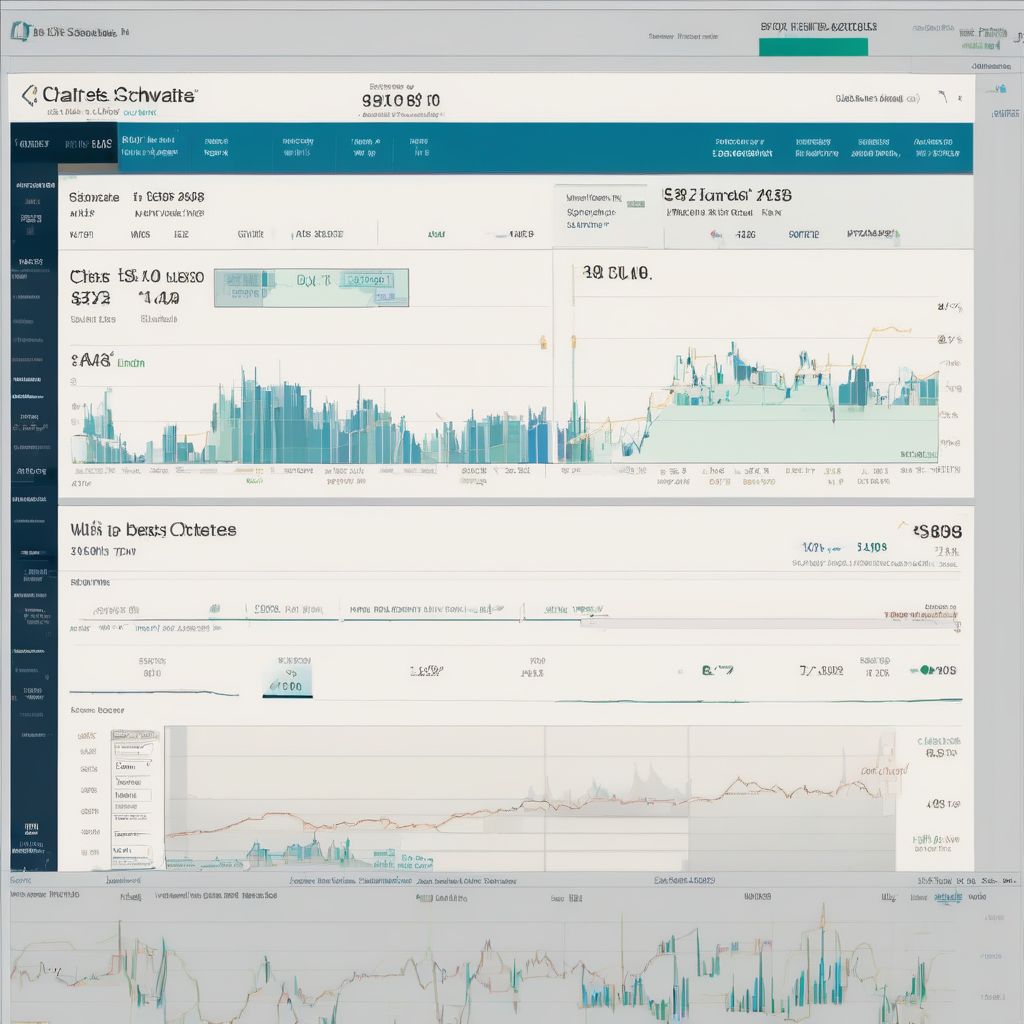Demystifying Futures and Options Trading: A Comprehensive Guide
Imagine stepping into a bustling marketplace, not for groceries or clothes, but for contracts representing the future value of assets. That’s the exciting, fast-paced world of futures and options trading!
This comprehensive guide will equip you with the knowledge to understand these powerful financial instruments. We’ll delve into what they are, their importance, answer common queries, and explore related concepts.
Understanding the Basics: Futures and Options Defined
What is Futures Trading?
Futures trading involves buying or selling a contract that obligates you to buy or sell a specific asset at a predetermined price on a future date. These assets can range from commodities like gold and oil to financial instruments like currencies and interest rates.
What is Options Trading?
Options trading, on the other hand, offers you the right, but not the obligation, to buy or sell an asset at a specified price (strike price) on or before a particular date. You’ll hear terms like “call options” (right to buy) and “put options” (right to sell) in the options market.
The Importance of Futures and Options Trading
Futures and options trading might seem complex, but they serve crucial roles in the financial world:
- Hedging: Businesses use these instruments to mitigate risks associated with price fluctuations. For instance, an airline company might use futures contracts to lock in fuel prices, protecting themselves from a sudden price surge.
- Speculation: Traders utilize futures and options to profit from anticipated price movements. If a trader believes the price of a stock will rise, they might buy call options, hoping to profit from the price difference.
- Price Discovery: These markets provide valuable information about the future expected value of assets, contributing to overall market efficiency.
Frequently Asked Questions about Futures and Options
Navigating the world of futures and options trading often comes with questions. Here are some frequently asked ones:
1. What are the risks associated with Futures and Options Trading?
While potentially profitable, these instruments involve significant risk. The leveraged nature of these trades means potential losses can exceed your initial investment.
2. What is margin trading in the context of Futures and Options?
Margin trading allows you to control a larger position with a smaller amount of capital. While it amplifies potential profits, it also magnifies potential losses.
3. How do I get started with Futures and Options Trading?
Thorough research, understanding the risks involved, and potentially seeking guidance from a qualified financial advisor are crucial steps before venturing into this complex trading world.
Exploring Related Concepts: Derivatives and Hedging Strategies
Understanding related terms like “derivatives” and “hedging strategies” can further enhance your knowledge of futures and options trading:
What are Derivatives?
Futures and options belong to a broader category called derivatives. These financial instruments derive their value from an underlying asset, like a stock, commodity, or index.
What are Hedging Strategies?
Hedging strategies, often employed using derivatives, aim to minimize potential losses from adverse price movements in the underlying assets.
Conclusion: Your Journey into Futures and Options Trading
This guide provided a foundational understanding of futures and options trading. Remember, these are powerful tools that require in-depth knowledge, risk management, and a strategic approach. Always conduct thorough research, understand your risk tolerance, and seek advice from financial professionals before making any investment decisions.
What are your thoughts on futures and options trading? Share your comments below and let’s continue the conversation!
